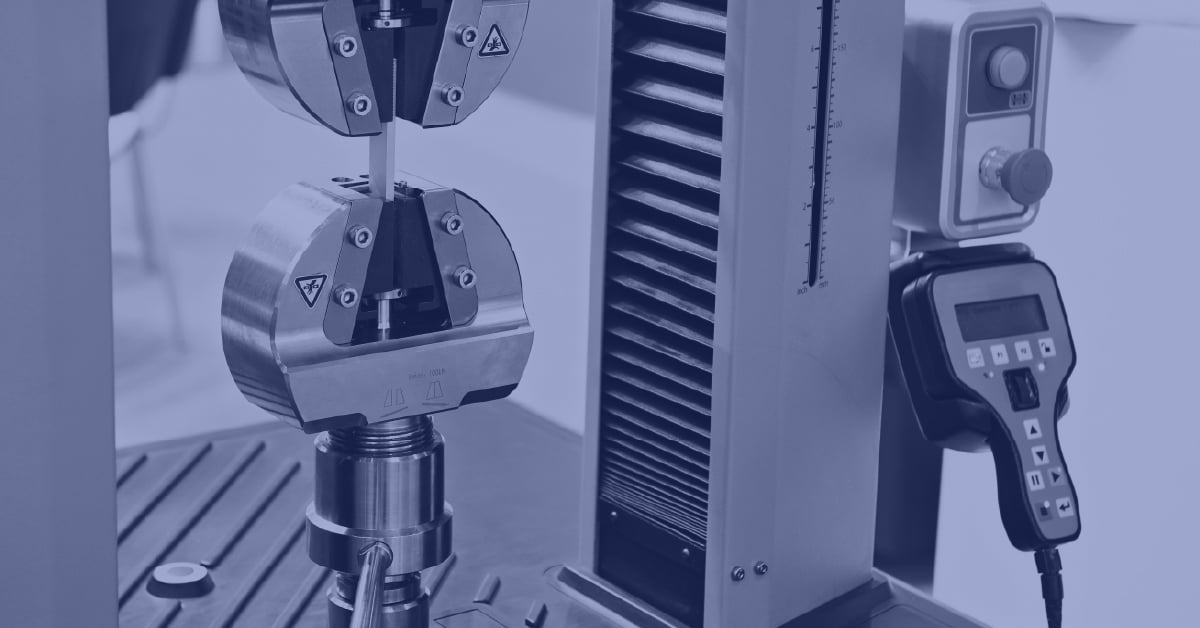In-House vs. Outsourced Carbon Graphite Testing
Do you know if your preferred carbon graphite manufacturer offers in-house testing? If you’re not sure, this is a question always worth asking.
If the manufacturer cannot perform the necessary tests in-house, they must send them to a third party, which can add days or weeks to the lead time for your project. Outsourcing carbon graphite testing will also be more expensive, which can be a problem if you’re working with a strict budget.
Don’t just assume that your carbon graphite manufacturer is performing these tests in-house. Manufacturers with great customer service will communicate how and where the tests will be performed as well as the expected timeframe.
The vast majority of the time, working with a manufacturer that can perform these tests in-house is your best bet. However, there are two occasions where you may require or opt for outsourced testing:
- If you prefer or require third-party independent verification, outsourcing these tests makes sense.
- If your carbon graphite parts require an uncommon or specialized test, it may make more sense to outsource the testing.
Destructive Testing
There are two types of testing that can be performed on carbon graphite components: destructive testing and nondestructive testing.
Destructive testing determines how a part or component performs under pressure until it eventually fails. This helps determine the part’s exact point of failure, either via destruction or material deformation.
As the name suggests, destructive testing means these parts cannot be fixed or reused. Even so, there are situations where destructive testing is useful, and some industries even have regulations that require it. Understanding potential issues or drawbacks to certain carbon graphite grades is quite valuable.
Despite the many benefits and use cases for destructive testing, this method also has some drawbacks:
- Wasted Resources: Since you must destroy every part you test, they cannot be reused. In some cases, these losses may be necessary or required. However, it’s most often seen as an unnecessary waste of resources.
- Increased Expenses: The destruction of carbon graphite components means additional parts will have to be made to replace them. Depending on the situation, this can be a minor or a major expense. Either way, this method of testing is guaranteed to be more expensive than nondestructive testing.
- Time Intensive: Destructive testing often relies on manual processes that require substantial prep time and longer inspections. This makes it more time intensive than other testing methods.
Nondestructive Testing
Nondestructive testing also assesses a part’s performance but does so without causing irreparable damage to it. Due to this, nondestructive testing is a very popular choice for practically any industry.
When it comes to carbon graphite testing, most engineers opt for nondestructive testing because it is more cost-effective, doesn’t require material waste, and still delivers very accurate results.
Is Carbon Graphite Testing Always Necessary?
Carbon graphite testing is always advisable, but it can be tempting to skip it when you have a deadline that’s steadily approaching. Transporting, testing, and approving sample parts is a time-consuming process.
The good news is that testing can sometimes be bypassed. As long as your manufacturer’s spec sheets align with the requirements of your application, you can get away with ignoring this step in the process.
However, if lead times are a frequent headache and you can’t skip the testing process, there are some things you can do to speed things up. Read our blog post: How to Reduce Lead Time in Manufacturing.
A Reliable Carbon Graphite Tester
No two applications are the same, so your carbon graphite testing needs may vary from project to project. But what shouldn’t vary is the quality of work from your carbon graphite manufacturer.
St. Marys Carbon is one of the few companies that develops and mixes proprietary carbon graphite grades, and we also offer in-house testing to facilitate expedited lead times. When you partner with St. Marys Carbon, you’ll never have to halt production because you’re still waiting on your parts.
Contact us today to learn more about our in-house testing services.




